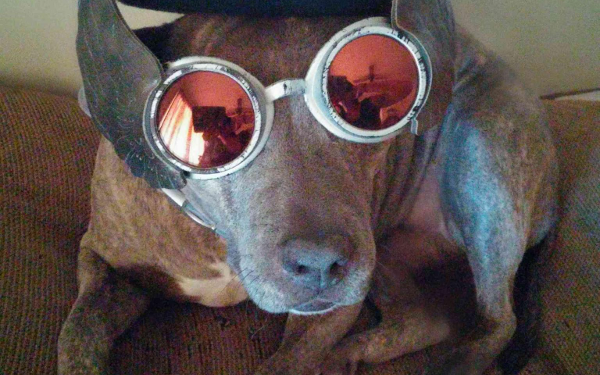
The First Rule of Fight Club is you don’t talk about Fight Club – unless you’re talking about the 1999 movie that achieved cult status. Due to the odd promotional posters which featured a bar of soap, I had no interest when it came to the theater. As time went by, I kept hearing references to it so I decided to rent the DVD. The movie wasn’t a great box office success, achieving its legendary status later. I was so impressed by the film’s weird originality that I decided to read the novel by Chuck Palahniuk that started it all. It was not exactly what I expected.
The first surprise was how faithful the movie was to the book, at least the first three-quarters of it. All of the complicated back-story is in there. The unnamed narrator suffers from terrible insomnia until he starts attending multiple support groups for terminal diseases. Somehow this heartfelt communion with strangers allows him to sleep. Unfortunately, he encounters a woman named Marla who’s doing the same thing, and he fears she’ll blow his cover. Then a chance encounter with a man named Tyler Durden upends his life. Shortly thereafter, his apartment explodes and he moves in with Tyler. Together they start the Fight Club, and the story gets stranger from there.
The drawback of seeing a movie before the book that spawned it is that you imagine the actors from the movie – Edward Norton, Brad Pitt, and Helena Bonham Carter – as the main characters. That’s not a problem because all three were superb in those roles.
It’s hard to say what makes Fight Club such a great story. The anti-consumerist message is just a small part of it. My theory is that the idea of Fight Club, a place where men beat each other up for fun, strikes a chord for our society’s excessively civilized and emasculated males. It wasn’t long ago when two guys could fight in the schoolyard or outside a bar without acquiring a life-long criminal history. It was a male rite of passage and guys didn’t need to join a gang or become delinquents to do it. I often wonder if driving our aggressive natures underground are at the root of some of our society’s ills.
Was it worth reading the book, since the movie was so similar? For Fight Club aficionados, I’d say yes. Though the movie is rich in detail, in particular regarding Tyler’s anti-establishment philosophy, you get even more of that in the book. Since the movie is so visual and fast-paced, I hadn’t realized how much of a psychopath Tyler is.
The biggest difference is that whereas in the movie we don’t discover Tyler’s true identity until the end, in the book we learn this when there are still several chapters to go. The hints are more numerous in the book as well: “I know this because Tyler knows this,” the narrator says. The triumphant (and probably hallucinatory) skyscraper-destroying ending is also missing from the book. Perhaps I shouldn’t mention it, for those who like to be surprised, but the book’s conclusion is a real letdown.
Possibly the most interesting aspect of Fight Club is all the critical analysis the movie received. In the epilog, which Palahniuk wrote after the movie became famous, he tells how the idea came to him during a writing workshop. Its first form was a seven-page short story about an underground boxing club. The rest of the plot got added on as Palahniuk collected and adapted the weird true-life experiences of friends and acquaintances.
For casual fans of the Fight Club movie, the book probably won’t have enough that’s new and different to hold their interest. If you’re a die-hard like me, go for it. I give it four out of five stars.
Fight Club fans, sound off! What do you think makes the story so special?



































